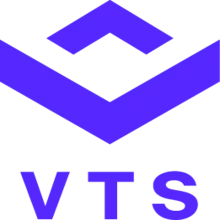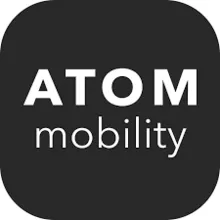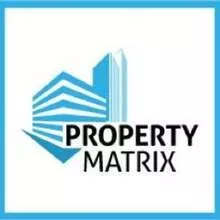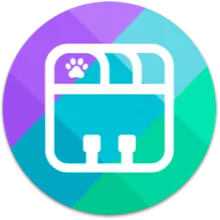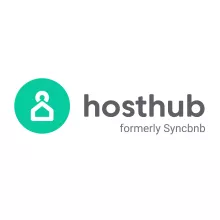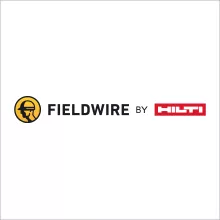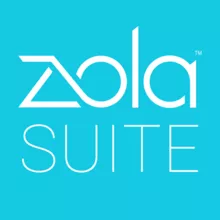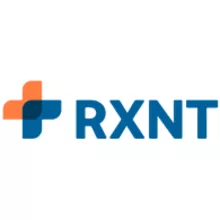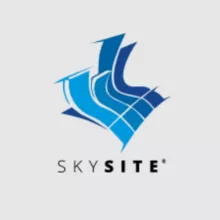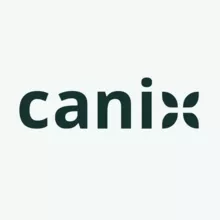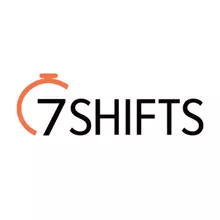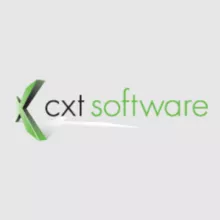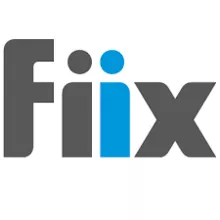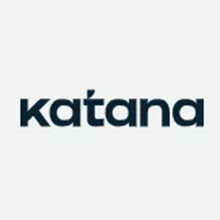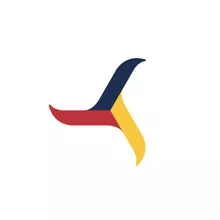Property Management software for portfolios or single properties
Computerized Maintenance Management Software (CMMS): Overview
To enhance productivity, firms use Computerized Maintenance Management (CMMS) Software to manage, automate, and streamline maintenance tasks (such as asset management, scheduled maintenance, and work order tracking). This program is an improvement to maintenance management software and is primarily used to plan, track, and measure maintenance operations in asset-intensive businesses (such as oil and gas corporations).
Businesses can use the software to centralize and simplify maintenance data while also guaranteeing that:
- Tasks related to preventative maintenance and work orders can be automated.
- Improving equipment efficiency and reducing downtime.
- Reducing the amount of effort required by humans.
- Providing real-time actionable reports.
Checkout the list of the best Computerized Maintenance Management Software (CMMS) for your firm.
How does a CMMS work?
The data in a CMMS database supports the system's many functionalities, allowing it to perform the following tasks:
- Resource & Labor Management: Keep track of available staff and certificates for equipment. Assign specified duties and put together teams. Organize and manage shifts and pay rates.
- Asset registry: Keep track of, access, and exchange information about your assets, such as:
- Equipment class and type, the manufacturer, model, and serial number.
- Costs and codes that go along with it.
- Location and position are important factors.
- Statistics on performance and downtime.
- Repair instructions, safety protocols, and warranties are associated with documents, videos, and photos.
- Meters, sensors, and Internet of Things (IoT) equipment are all available.
- Management of work orders: Work order management, which is commonly regarded as the CMMS's primary purpose. Work order management also includes the following features:
- Automate the creation of work orders.
- Materials and equipment should be kept in reserve.
- Employees, crews, and shifts are scheduled and assigned.
- Examine the current situation and keep track of any downtime.
- Keep track of both projected and actual costs.
- Documentation, repair, and safety media should all be attached.
- Preventative maintenance is essential: Work order initiation can be automated depending on time, usage, or triggered events. To manage and associate assets across many orders, use preventative maintenance. Preventive work orders should be sequenced and scheduled.
- Management of materials and inventory: Inventory, distribute, and reclaim MRO equipment and materials throughout storage locations, distribution hubs, and facilities. Manage suppliers, inventory costs, and restock automation.
- Reporting, analysis, and auditing: Create reports for asset availability, materials usage, labor and material prices, supplier assessments, and other maintenance categories. Gather and organize data for audits and analyze data to understand asset availability, performance trends, MRO inventory optimization, and additional information to support business choices.



